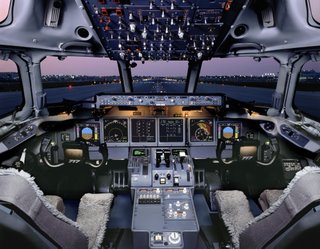
Picture: Boeing B717-200
Due to some cases of misinterpretation of TCAS Resolution Advisories (RA), which have caused near-misses, EUROCONTROL has issued new advice to pilots.
EUROCONTROL gives an example of a TCAS induced near-miss that occurred between an Airbus A319 climbing to FL 260 and a Fokker 100 descending through the same level. Airbus 319 TCAS gave an RA “adjust vertical speed” and the pilot reacted by increasing the climb rate from the original 2500 fpm to 7000 fpm causing a near-miss with no vertical separation and 1.3 NM horizontal separation. Fokker 100 followed the TCAS RA correctly.
EUROCONTROL emphasises that the correct response to an “adjust vertical speed” is always either to reduce the climb or descent rate.
The European civil aviation agencies are on their toes about this issue following the collision between two airlines on the 1st of July 2002 over Überlingen in Germany (between DHL Boeing 757F and a Bashkirian Airlines Tupolev 154), in which 71 passengers and crew were killed. In that collision the misuse of TCAS was a major contributing factor. The analysis of Überlingen accident shows that the collision would have been avoided, if the pilots followed ATC instructions or their TCAS RAs.
EUROCONTROL reiterates that the pilots must always follow TCAS RAs and that the controllers must not interfere with pilots’ reactions to the RAs. The controllers very seldom get to know about RAs since the pilots are often too busy in these cases following the RAs and trying to get visual contact with the other aircraft.
No comments:
Post a Comment